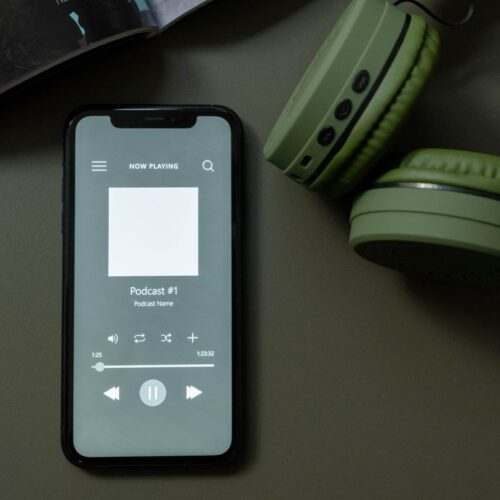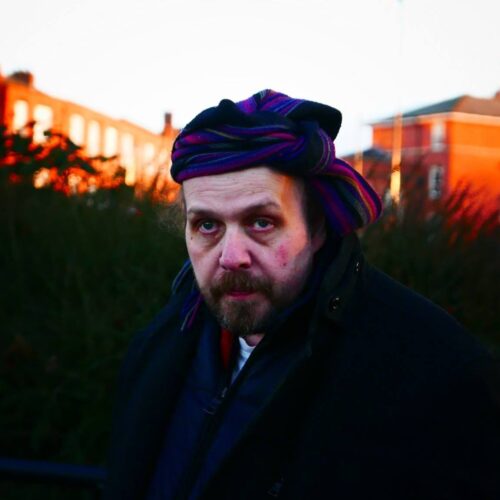
A Stirring Interpretive

Just ten days after I was born, the music video channel ‘MTV’ was launched; I can truly say that I’m a MTV kid and I grew up on music videos. They were my first taste into ‘Popular Music’; yet I never really listened to the lyrics, instead I watched them and overindulged in their visual allure. I recall endless hours looking at Queen, The Beastie Boys, Cher, Michael Jackson, ACDC, Madonna, The Sex Pistols to name a few and loving the mini stories and energy that was unfolding on the telly.
My musical tastes today have not changed; they have just expanded exponentially, encompassing a very eclectic playlist. Yet how I appreciate and assimilate music has altered dramatically; I no longer watch MTV or any other television music channel, typically 95% of the music I digest is just in its audio form. However, when I do watch a music video it is streamed to either my smart-phone, tablet or laptop via YouTube.
Yes, today’s music videos have become an integral and paramount element within the music industry; but it is how they are distributed that became the catalyst for this post. A few months ago, whilst prattling away and typically procrastinating on Facebook, a video popped up, and it went viral. It was Hozier’s ‘Take Me To The Church’; directed by David LaChapelle and released in February 2015. It features the ballet dancer Sergei Polunin in what appears to be an empty barn.
Well, I was instantly enchanted by this video; which I’ll be honest, was just because I thought the dancer was hot! I’ve watched it approximately thirty times now; my interest though, has moved beyond an erotic gaze, instead I’m captivated by the artistry and direction of the piece. The interpretation and passion that is portrayed through Polunin’s dance is just beautiful; there is an eloquent yet raw feel to his movements that is absolutely enthralling.
Now, it’s not all about the video, the heartfelt lyrics make an impact, with a strong religious theme, a passionate message from Hozier comes through. One of the early lines, ‘Every Sunday’s getting more bleak, a fresh poison each week’, suggests a dissatisfaction with the teachings of the church. The chorus alone speaks in volumes of mistrust and sacrifice.
I felt quite stirred towards the end of the video, in particular at about 3:04s, where the line ‘Only then am I clean’ is symbolised by Polunin being bathed in sunlight through the windows of the barn. Could this energetic and cathartic dance signify the expulsion of inner daemons to then be baptised in light?
However, what I did not realise, was that the LaChapelle video was technically a cover version and that the official video, directed by ‘Feel Good Lost’ was released in September 2014. Now it was this video that truly stirred me, causing conflict with my appreciation and triggering old violent memories from my past.
This monochromatic video is a dark piece; moments of tenderness and hope are overshadowed with tension and a violent energy that builds up to the climatic end of the brutal attack of a gay man. There is hint of faith throughout the story, as the two lovers appear to be planning their departure from their hometown to seek solace and acceptance elsewhere.
Towards the end, when the man is being dragged through the woods, one of the attackers has a knife; to which the line in the chorus seems to resonate even deeper. ‘I’ll tell you my sins so you can sharpen your knife’ comes through with a chilling feeling of acceptance of what is happening. This seems to be strengthened right at the end, when the other man is just watching his lover being attacked; has hope been lost, the inevitable realised or something else?

Does this video serve as a tool to represent the hatred of a mindless gang; or does it picture the church negatively in how it teaches shame and sinfulness[1] with the diversity of modern sexuality?
I just continue to accept the power of music and when combined with video serves to be a commanding tool for conveying rich and sometimes stirring discourses.
Russel Squires. OCA Tutor and Assessor
[Accessed: 06th June 2015].






I think the really interesting thing here is what the two different videos add to the narrative. Each adds additional interpretative elements to the musical and lyrical layers, and both are very different or perhaps, when taken together, quite complimentary in symbolism.
Fascinating really. Take the earlier, starker, more direct video for instance. Look at the locked box which could potentially have a variety of symbolic meanings, adding a further allegorical layer. Perhaps that second video isn’t even what appears to be and is entirely symbolic of other matters, as perhaps you allude to.
Great stuff, such is the power of music, words and image when combined. 🙂
Indeed, the box held my attention for some time, as at one point I thought the man was more distraught about it, than that of his partner. I would like to believe that the box contained hope. For me, these two visual interpretations of a song have been the most powerful I have seen in years.
No images or videos (to my knowledge) but very clear imagery and connection with the incomparable John Grant’s album “Queen of Denmark” and perhaps especially “Jesus Hates Faggots”.